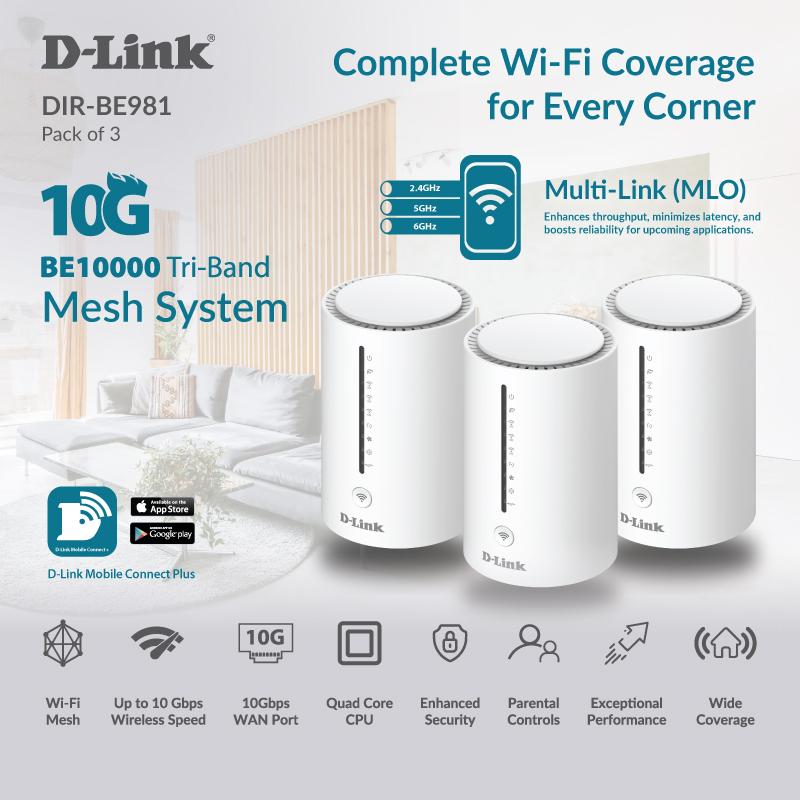How portable AI-powered devices are reshaping the future of work

Mohit Bector, Commercial Head – UAE GCC, ASUS Business
Mohit Bector, Commercial Head – UAE & GCC, ASUS Business discusses why we need hardware that can process AI requests on-device
Artificial Intelligence (AI) has gone a long way since the term was first used. In fact, evidence of AI use was present as early as the 1950s, when Alan Turing published his work on what would famously be known as The Imitation Game. From there, AI became a widely recognized term associated with computers capable of performing intellectual tasks.
AI back then was different from what AI is today. It has now evolved into an integral part of most modern businesses, handling complicated tasks with little to no supervision. AI itself is a continually growing economy, projected to reach $1,339 billion by 2030. Generative AI, for example, AI systems that can generate new content based on what it has learned from existing data, has seen an amazing 39.4% adoption rate.
The adoption of Generative AI became popular thanks to mobile applications and websites that made it accessible to the average user. This worked because it utilized cloud-based servers to do the work, which doesn’t put any strain on the user’s hardware. However, servers have limits, and sometimes it may not be able to process requests until it can manage the workload again. Relying solely on this method is not feasible for businesses, and what they need are devices capable of real-time AI processing.
With the rising popularity of AI use in the workplace and the adoption of remote work, there is now an increasing need for hardware that can process AI requests on-device. With this, there is now a need for businesses to invest in high-performance, portable computing devices. I see this as a key enabler for any business going through an AI-driven digital transformation.
A 2025 statistic revealed that 56% of companies allow remote work, with 16% going fully remote. This means that work no longer happens in one location. It could be at home, on the road or anywhere in between. With AI now becoming a tool for automation and content creation, it poses a challenge for workers to complete their tasks by having the same computing power as these cloud-based solutions.
This is where real-time on-device AI processing matters. A laptop, for example, which is capable of this means it should be equipped with a CPU, GPU and NPU combination that can process AI workflows without a hiccup. One initial issue faced by users is that increased computing power often comes at the cost of portability, requiring large and bulky hardware to handle 3D rendering, simulation, or large-scale data processing. Fortunately, that is no longer the case, as advancements in chip manufacturing enable processors smaller than a grain of rice to handle demanding AI-based workloads with ease. Moreover, users concerned about privacy and security can be assured knowing that their personal data remains private seen by anyone as the processing happens right on the device.
These AI-capable chips aren’t just being used in laptops and tech-based industries, but also in devices in other sectors such as retail, manufacturing, automotive and healthcare. The common denominator across these industries is the ability to act quickly based on the data that is available, something that on-device AI can do. AI aids in more ways than anyone could imagine, hence the necessity for devices that can handle the computing power required for processing AI-based tasks.
From what I see, AI is more than just a trend. It is a technology that will slowly reshape industries around the world. Its impact is already evident given its role in various sectors. Portable powerhouses are essential to embrace this shift and are no longer an option if businesses want tasks done efficiently. With AI becoming an embedded part of how we work, we need devices that aren’t just portable, but also capable.















